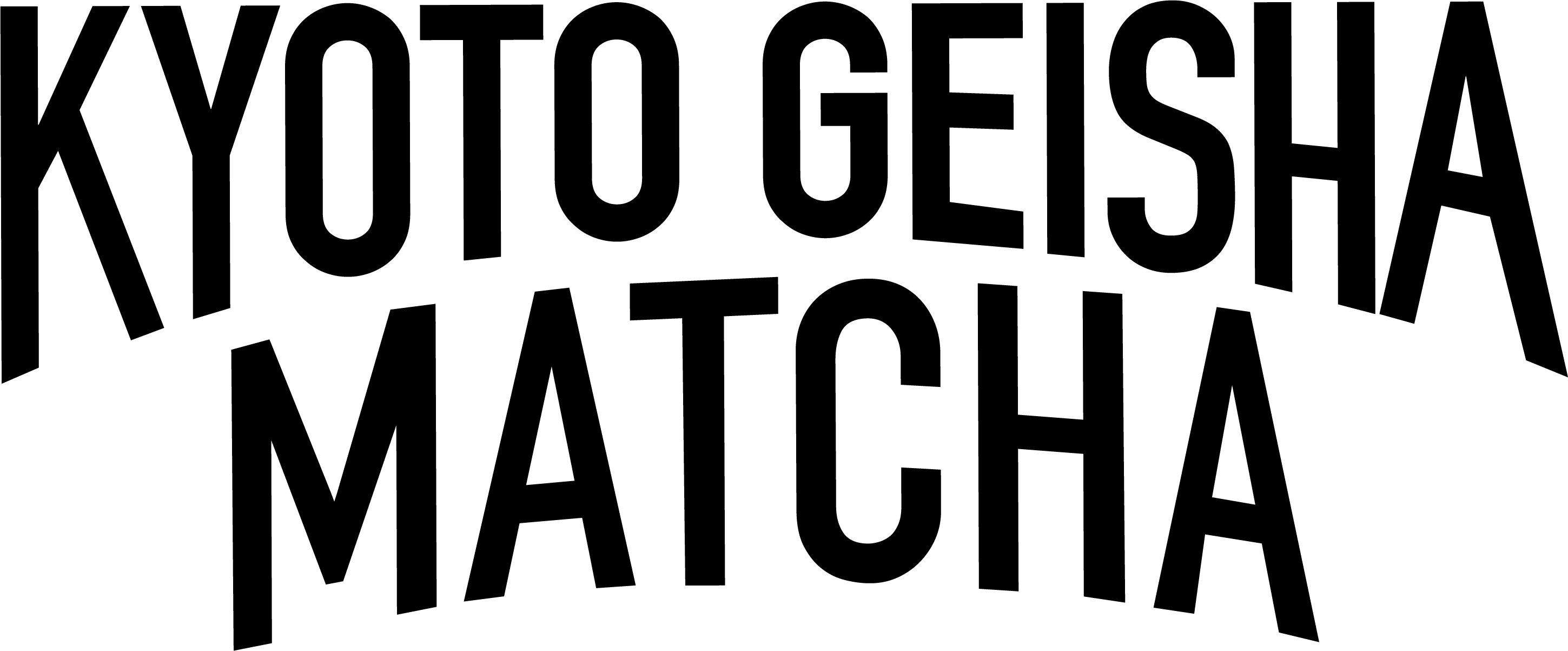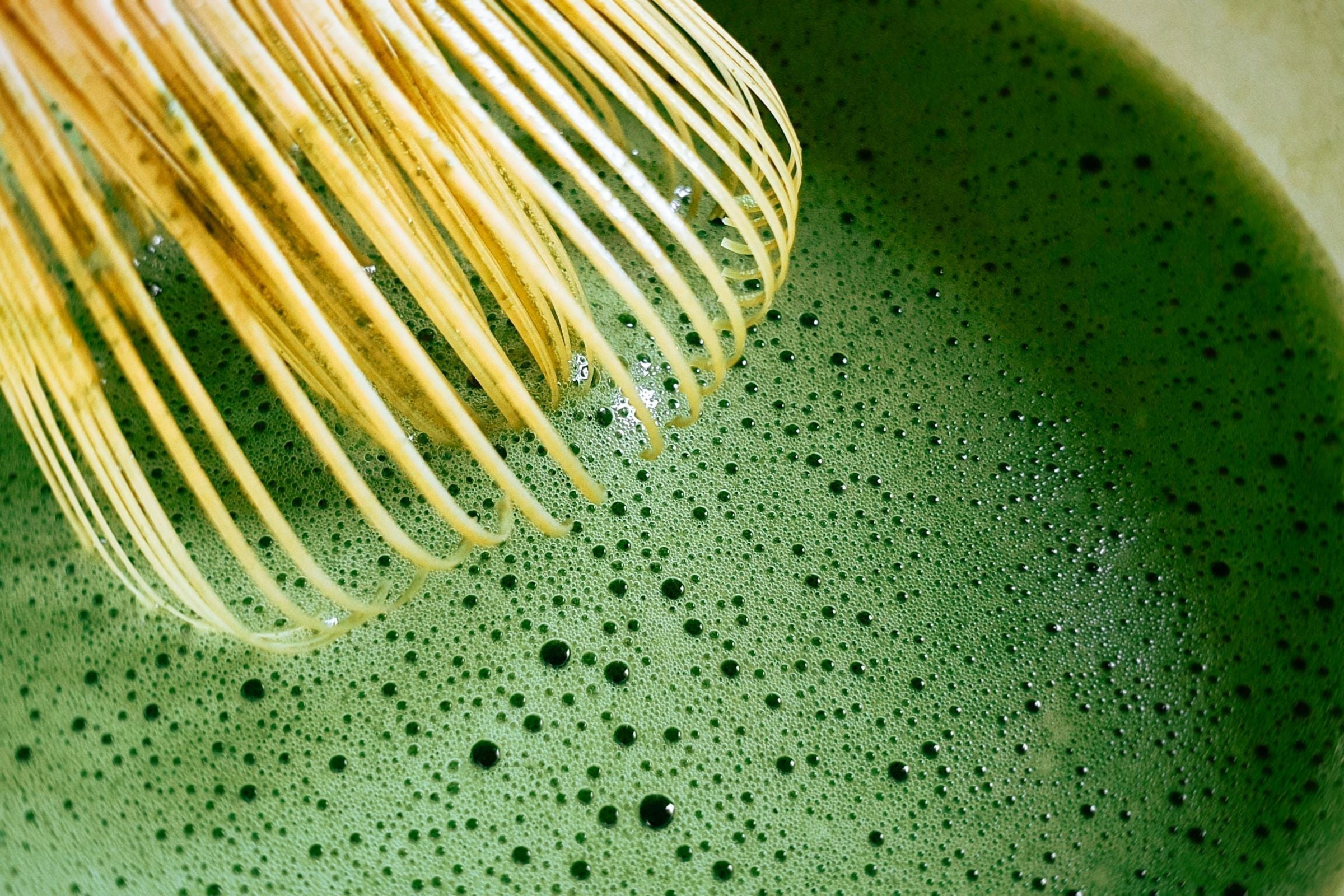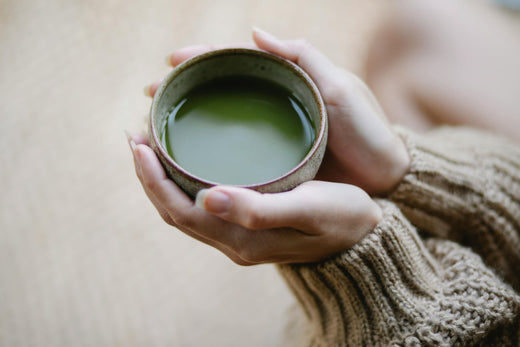
3 Different Decaf Matcha Green Tea Review!
Would you like to enjoy matcha without having caffeine?
Consuming matcha has many benefits, such as having more antioxidants than you would from regular green tea by consuming the leaves. However, not everyone is as thrilled about ingesting the caffeine that comes with matcha, even though most people are generally convinced of its health benefits.
I would like to introduce decaf matcha, which is for caffeine-sensitive people and for those who want to enjoy matcha in the evening.
What is Decaf Matcha?

Regular matcha that has had its caffeine extracted during processing is known as decaf matcha.
The term "decaf" is a bit misleading because it doesn't always refer to the absence of caffeine. It simply indicates that there is usually a lot less caffeine.
Decaf matcha has a softer flavor and less caffeine than regular matcha, which has caffeine by nature because of the properties of the young tea leaves.
How is Decaf Matcha Processed Differently?

Decaffeination is a process used to lower the caffeine content of decaf matcha.
Since the caffeine is on the outside of the tea leaves and can be challenging to separate once ground, this decaffeination process is applied to the tea leaves rather than the final powder.
Decaf matcha can be made in three ways:
#1 Carbon Dioxide (CO2) Decaffeinated Matcha Tea
Caffeine is extracted using pressurized carbon dioxide in this process for making decaffeinated matcha tea.
As a solvent, the CO2 slowly extracts the caffeine molecules, which are subsequently separated. Decaffeinated matcha will never taste as good as authentic ceremonial-grade matcha because the CO2 extracts other compounds in addition to caffeine.
#2 Water Processed Decaf Matcha Green Tea
The process of making decaf matcha green tea involves soaking the tea leaves in water to dissolve the caffeine.
To create decaffeinated matcha tea, the water is subsequently passed through resin or activated charcoal filters, which absorb the caffeine molecules.
Although the flavor is preserved by reintroducing the caffeine-free water to the tea leaves, drinking caffeine-free matcha will still taste like a "second steeping."
#3 Ethyl Acetate Decaf Matcha
The last technique for making decaffeinated matcha tea is to apply ethyl acetate, which is a naturally occurring substance present in fruits and vegetables, to the tea leaves.
Decaf matcha leaves are left behind after ethyl acetate forms a specific bond with caffeine molecules, which can subsequently be separated.
The Review: 3 Different Decaf Matcha Powder
#1 Master's Decaf by Do Matcha

Learn more here:
Taste: Well balance of umami, and sweetness
Grade: Ceremonial Grade
Extraction Method: water extraction
Ingredient: 100% Japanese Matcha Green Tea
Origin: Kyoto, Japan
Size: 1.06 oz/ 30g
Price: $54.60
Other note: DōMatcha® has partnered with 16th-generation Japanese tea master Kazunori Handa-san, whose family's knowledge and expertise have been passed down for 400 years. It contains roughly 6 milligrams of caffeine per gram, which is the same amount as decaf coffee. This is the first decaffeinated matcha available on the market and ideal drink for anyone who is sensitive to caffeine or wants to make matcha in the evening while still taking advantage of its health benefits.
#2 Decaf Matcha by Matcha Direct
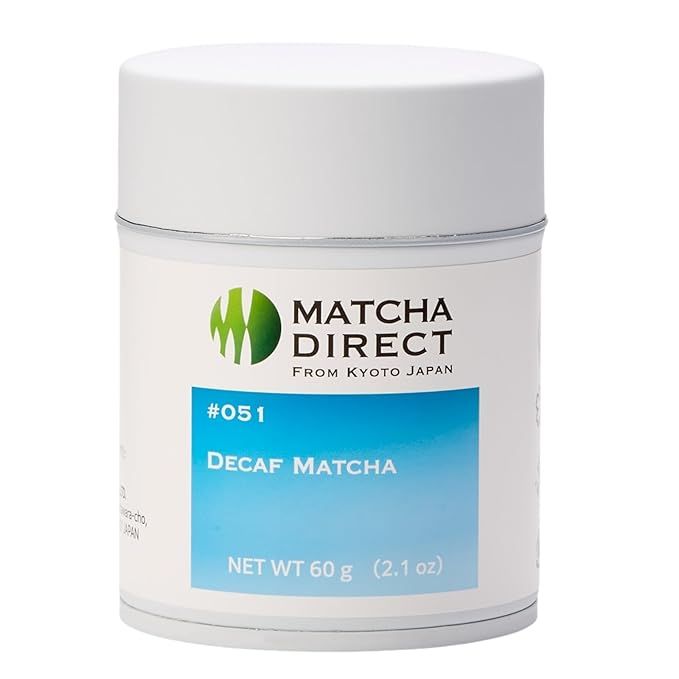
Learn more here:
Taste: -
Grade: Ceremonial Grade
Extraction Method: supercritical carbon dioxide
Ingredient: 100% Green Tea (Decaffeinated)
Origin: Kyoto, Japan
Size: 2.12 oz/60g
Price: $39.90
Other note: In Kyoto, the most important matcha-producing region of Japan, Matcha Direct was established in 1860 as a tea company. This decaf matcha is pretty amazing. The groundbreaking technology preserves the essential ingredients of matcha using supercritical carbon dioxide, which is also used to decaffeinate coffee beans. The taste and health advantages of matcha are preserved, but the caffeine content is lowered from more than 3% to slightly less than 0.4%. Following the procedure, nearly 100% of the essential flavor and functional components, catechins and L-theanine, are retained.
#3 Decaffeinated Organic Green Tea by Grin Mood
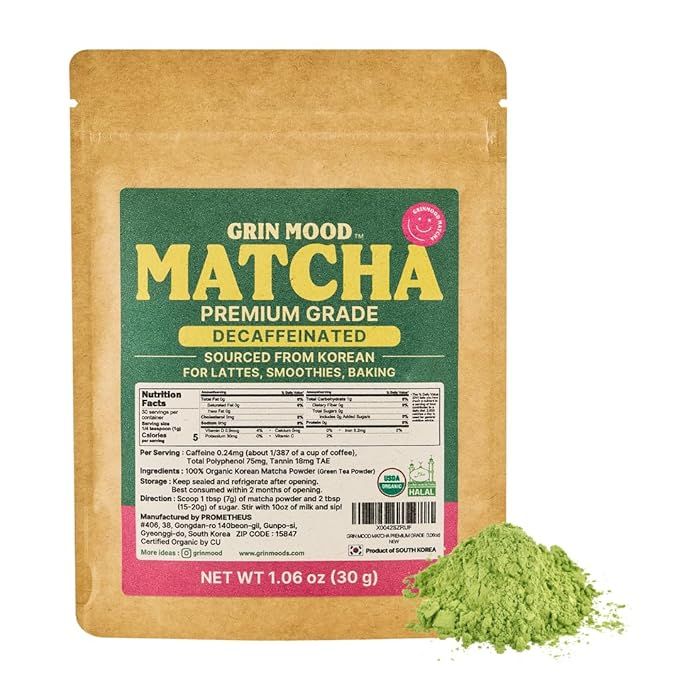
Learn more here:
Taste: -
Grade: -
Extraction Method: -
Ingredient: Organic matcha green tea powder
Origin: Jeju Island, South Korea
Size: 1.06 oz/30g
Price: $9.79
Other note: Grin Mood prioritizes environmental sustainability by using sustainable product pouches and works with certified 100% organic farms situated in a pristine, protected UNESCO-designated Geopark. With just 0.24 mg of caffeine per 1g serving (1g, 1/4 tsp), this decaf matcha provides steady energy without the jitters that come with high-caffeine beverages!
FAQ

Do the health benefits of decaf Matcha remain the same?
Green tea's high antioxidant and polyphenol content provides numerous health advantages. However, when the tea is processed for decaffeination, usually using chemicals, those same beneficial compounds may be lost.
Thankfully, most of the caffeine can be eliminated without removing the healthy ingredients using natural decaffeination methods, which are typically carried out with water. Choose naturally decaffeinated products if you want to reap the benefits of green tea with less caffeine.
Are there any downsides of decaf matcha?
The flavor of decaffeinated matcha tea will be adversely affected by all methods.
Therefore, it is recommended to simply drink a moderate amount of matcha tea if you want to enjoy the flavor.
